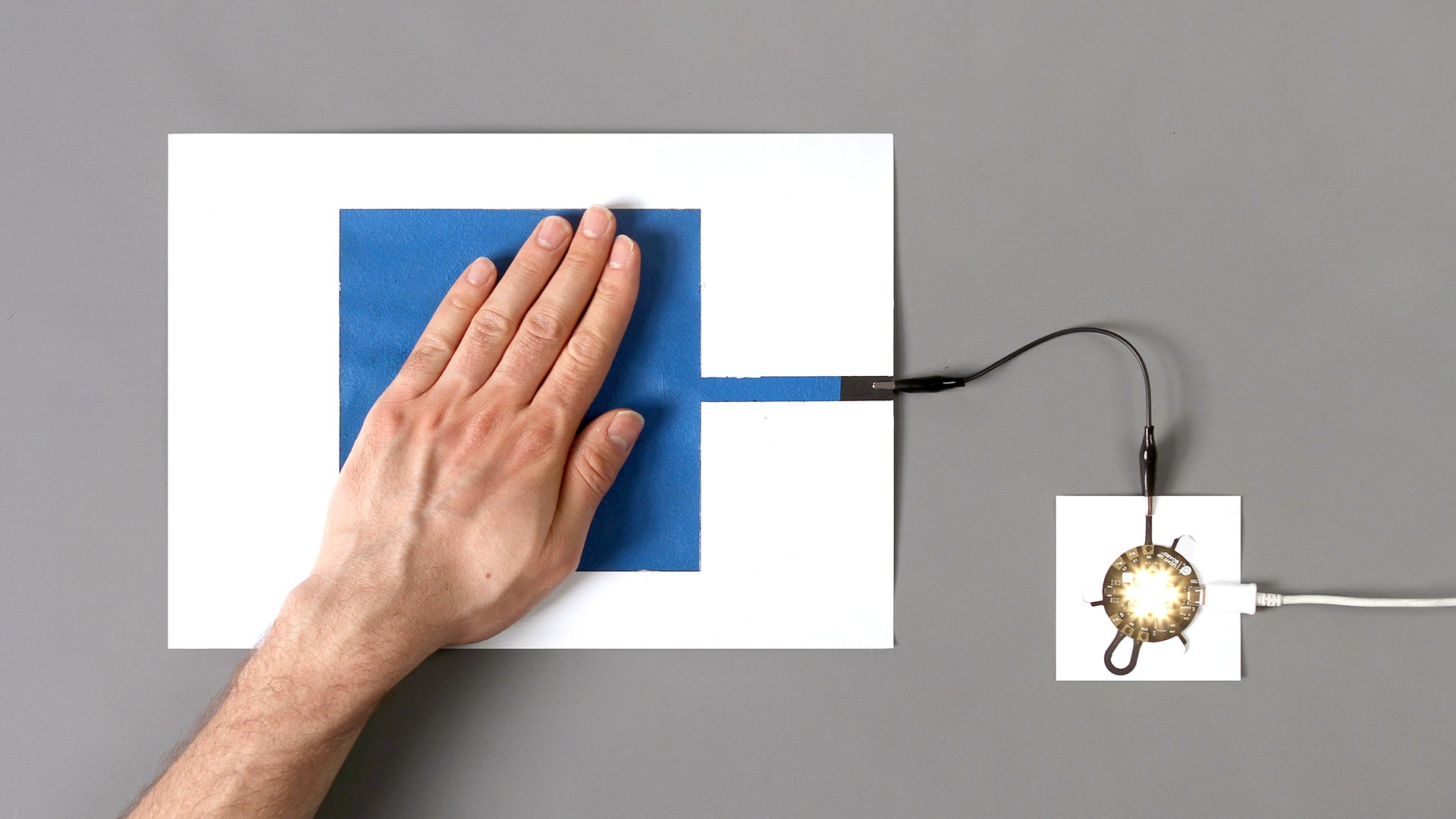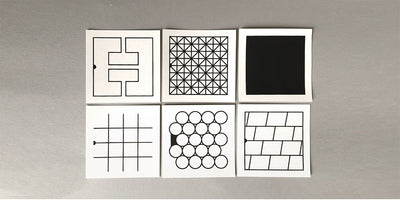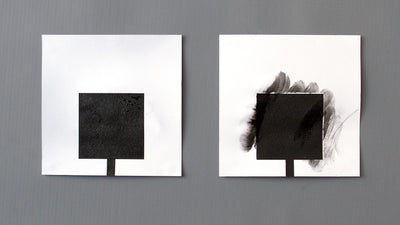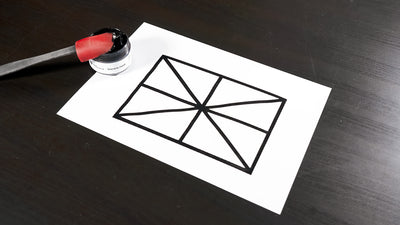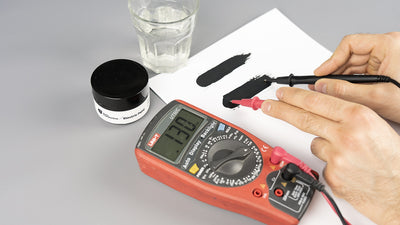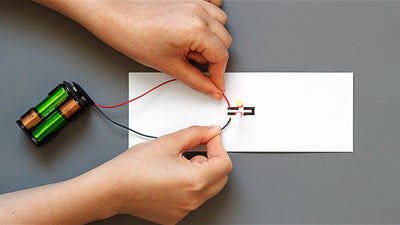How to cover Electric Paint with a different paint or color

Changing the color of Electric Paint is easy, just paint over with another coating
Our Electric Paint is black, but that doesn’t mean all your sensors have to be! In this tutorial, we will show you how to cover Electric Paint with a different color, using acrylic varnish and paint. Of course, you can use a different colored paint, but be sure to use a paint that doesn’t break the varnish seal.
We love it when you share your projects! Post your project on Instagram, YouTube, or Twitter, and make sure to tag @bareconductive or use #bareconductive. You can also send your videos and photos to info@bareconductive.com so we can post them on our site for the world to see.
You will need:
- Electric Paint 10ml, 50ml or 1l
- Sundry painting supplies
Step 1 Create Electric Paint Sensor
First, create your sensor with Electric Paint. If you are using a stencil, make sure to leave it on for the next step. Your stencil can be anything from masking tape to the stencil from the Touch Board Starter Kit. For this tutorial, we have used masking tape.

Step 2 Seal the Electric Paint
Once the Electric Paint has dried, with masking tape, cover the point where you are going to connect your board to the sensor. In this example, the connection point is Electric Paint at the edge of the paper. Next, coat the Electric Paint with acrylic varnish spray. This is necessary to ensure that the Electric Paint doesn’t smudge in the next step when applying a different colored paint on top. You can apply multiple coats of varnish to ensure the paint is properly sealed.

Step 3 Paint in a different color
When the acrylic spray has dried, paint over the stencil and sensor in a new color with acrylic paint. If you can see the Electric Paint through the first layer of your new color, leave the paint to dry and add another layer. Once you’re done, carefully remove the masking tape/stencil.

Step 4 Connect to a Touch Board or Pi Cap
You can now connect your colored sensor to your board. Note that the additional layers will influence the performance of the paint, so you might have to adjust the sensors’ settings. Find out how to do this for the Touch Board here and for the Pi Cap here.
